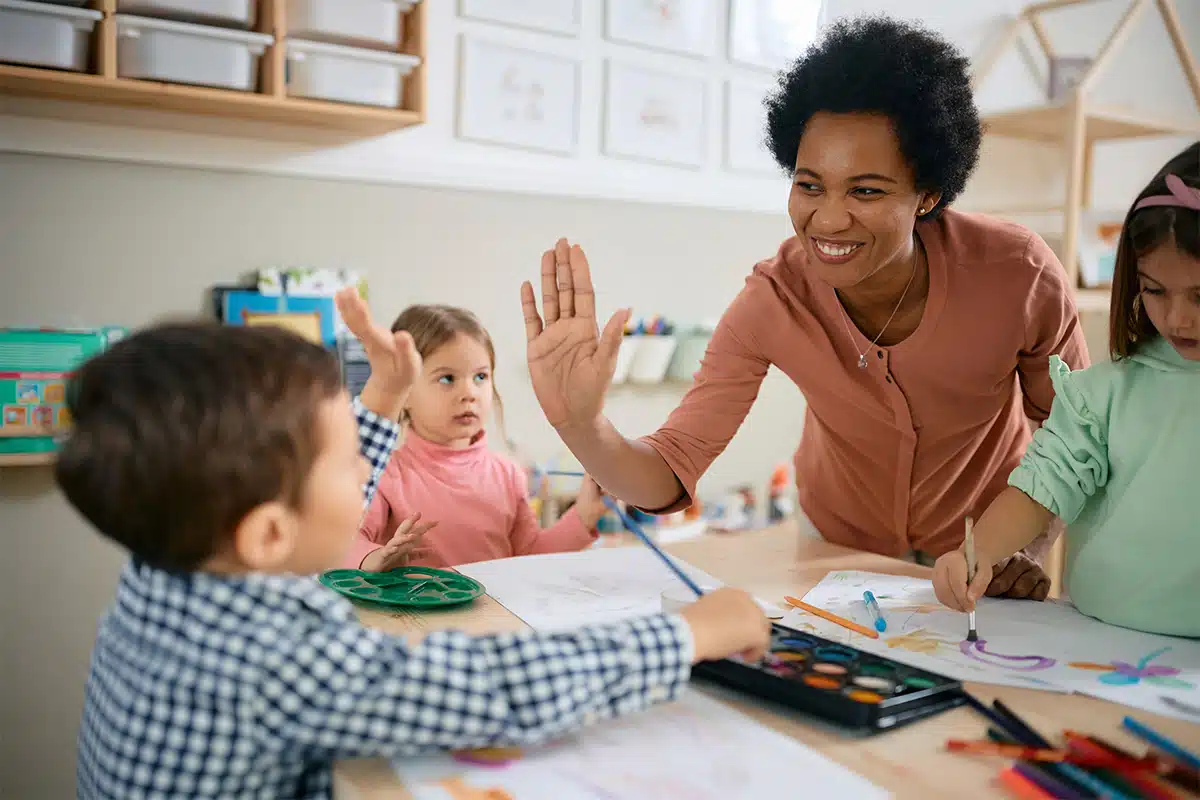
Spring Cleaning for the Mind: Teaching Kids Mindfulness and Emotional Organization
Help kids clear emotional clutter and embrace calm this spring with mindfulness and simple emotional organization tools.

Emotional regulation is a crucial life skill that helps children navigate the ups and downs of daily life with resilience and confidence. Learning to manage emotions effectively can improve relationships, academic performance and overall mental well-being. As a parent or educator, fostering emotional regulation in children is one of the most valuable gifts you can offer. Here is how to get started.
Emotional regulation refers to the ability to recognize, understand and manage one’s emotions in a healthy way. For children, this means learning how to process feelings like anger, frustration, sadness or excitement without being overwhelmed. It is an essential part of emotional intelligence and social development.
Children with strong emotional regulation skills are better equipped to:
Children may struggle with emotional regulation if they:
Here are practical steps to help children develop this essential skill:
Model Healthy Emotional Behavior
Children learn by watching adults. Show them how to manage emotions by calmly handling your frustrations, voicing your feelings constructively and using coping strategies like deep breathing or taking a break.
Teach Emotional Vocabulary
Help children label their emotions by introducing a wide range of feeling words. Tools like emotion charts or flashcards can make this process fun and interactive.
Practice Mindfulness
Simple mindfulness exercises, such as belly breathing, counting to ten or using sensory toys can help children calm down when they feel overwhelmed.
Use Stories and Role-Playing
Reading books about emotions or engaging in role-playing activities can teach children how to handle real-life scenarios. For example, act out a situation where they feel frustrated and work through possible responses together.
Encourage Problem-Solving
Guide children in finding constructive solutions when they face challenges. Ask questions like, “What could you do next time to feel better?” or “How can we fix this together?”
Set Realistic Expectations
Understand that emotional regulation is a skill that develops over time. Be patient and offer praise when children make progress, no matter how small.
A child’s surroundings play a significant role in their emotional development. Create a safe and nurturing environment by:
If a child consistently struggles with extreme emotional outbursts, difficulty calming down or shows signs of anxiety or depression, it may be time to consult a pediatrician or mental health professional. Early intervention can provide tailored strategies and support for their unique needs.
Helping children develop emotional regulation skills is a journey, not a destination. With patience, practice and support, they can learn to understand and manage their emotions, setting the foundation for a lifetime of resilience and well-being. By equipping children with these tools, you empower them to face challenges with confidence and build strong, healthy relationships.

Help kids clear emotional clutter and embrace calm this spring with mindfulness and simple emotional organization tools.

Help your child manage end-of-year school stress with expert tips for structure, support, and emotional balance.